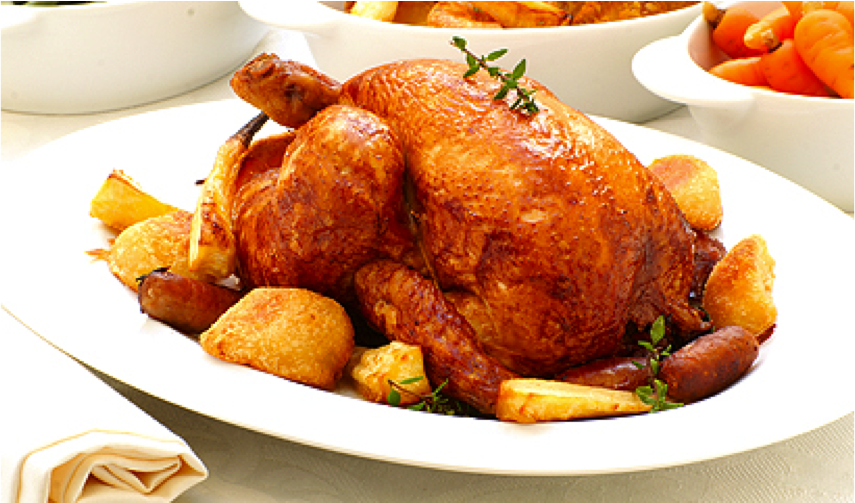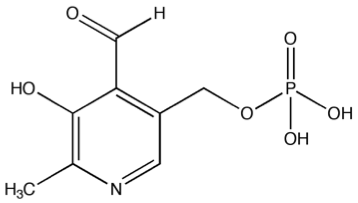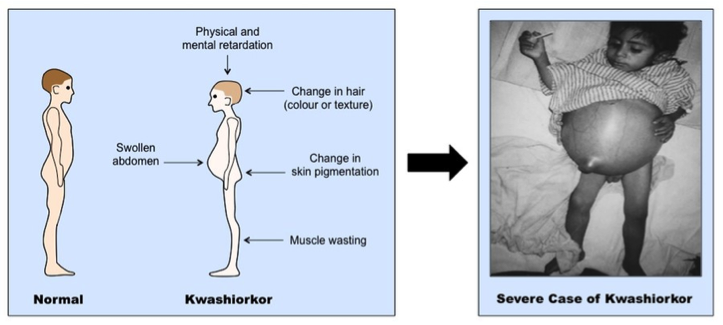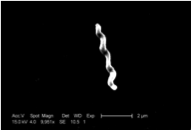Showing report for chicken
Charming Chicken
 |
Being the most popular type of poultry in the world, chicken has a lot to prove! Thankfully, chicken has much to offer; from its incredible concentration of polyunsaturated fats (two to three times greater than beef) that help keep your heart happy and pumping strongly, to its abundance of high quality protein containing all eight essential amino acids which ensures you'll be able to produce the enzymes that aid your digestion long into the future. However, the good news doesn't stop there. Chicken is naturally low in salt, or sodium, with skinless, boneless chicken having only 74 milligrams of the stuff per three and a half ounce (100 gram) portion! [National chicken council]. Chicken is rich in vitamin B6 too, an essential vitamin which keeps a smorgasbord of your bodies' systems in check, from glucose metabolism and gluconeogenesis, to the function of haemoglobin in your blood and its synthesis, one cannot afford to not have a little (or a lot) of chicken in their lives! [1]
Polyunsaturated Fats and your Health
 |
These fantastic fats have a wide range of health benefits. From upregulating helpful prostaglandins (active lipid-like compounds in the body) that inhibit cancer growth [2] to negative associations between colorectal cancer and circulating polyunsaturated fats [3] these miraculous molecules should be considered an integral staple in the healthy person's diet. In fact, the American Heart Association recommends a diet greater in chicken, fish, and beans than one in red and processed meats like beef [1, 4].
An essential vitamin: B6
 |
Chicken for High Quality Complete Protein!
 |
|
||||||||||||||||||||
(from http://nutritiondata.self.com/help/analysis-help#protein-quality) |
Perhaps the best-known nutrition fact about chicken is its abundance of high quality protein. However, this doesn't mean that protein should be taken for granted! A portion of chicken the size of a deck of cards is enough to deliver more than 50% of your daily-recommended intake of high-quality protein [8]. A high quality, or complete protein source means the food contains all nine of the essential amino acids (those that are not produced in the body) in the correct proportion. The list on the following page outlines these requirements taken from the Institute of Medicine's Food and Nutrition Board [9].
The consequences of not having enough protein from foods such as chicken in your diet can be quite serious. Kwashiorkor is a severe protein-energy malnutrition condition that occurs in famine prone regions. It is an interesting condition because it is not the result of sufficient caloric intake, but rather the manifestation of exclusively insufficient protein in the diet. Swelling of the ankles and feet, distended belly, a fatty and enlarged liver, tooth loss, and a loss of antibody production characterize this terrible disorder [10].
The Importance of Thoroughly Cooking your Delicious Chicken
 |
In fact, Campylobacter jejuni can be the causative agent of many rather unpleasant illnesses. Other than diarrhea, cramping, abdominal pain, and fever, more serious incidences of Campylobacter jejuni poisoning, medically named campylobacteriosis, can result in the nervous system disease Guillain-Barré syndrome. In some instances, this disease can result in paralysis and death! This rare complication occurs in approximately 1 in 1000 cases of campylobacteriosis. [12]
So, how do you handle chicken to prevent these nasty bugs from ruining your dinner? Simple. Cook your poultry thoroughly. This means your chicken must not have any pink in the center, and that its internal temperature reaches 165°F or 74°C. This simple step will ensure you can enjoy chicken time and time again without running the risk of contracting campylobacteriosis[11].
References
- Chicken: The Preferred Protein for Your Health and Budget!
- Yao L, Han C, Song K, Zhang J, Lim K, Wu T: omega-3 polyunsaturated fatty acids upregulate 15-PGDH expression in cholangiocarcinoma cells by inhibiting miR-26a/b expression. Cancer Res. 2015 Feb 17.
- Hodge A, Williamson EJ, Bassett JK, MacInnis RJ, Giles GG, English DR: Dietary and biomarker estimates of fatty acids and risk of colorectal cancer. Int J Cancer. 2015 Feb 13.
- Combs, G.F. The Vitamins: Fundamental Aspects in Nutrition and Health. 2008. San Diego: Elsevier
- National Academy of Sciences. Institute of Medicine. Food and Nutrition Board. Dietary Guidance: DRI Tables". US Department of Agriculture, National Agricultural Library and National Academy of Sciences, Institute of Medicine, Food and Nutrition Board. December 2001.
- Combs, G.F. The Vitamins: Fundamental Aspects in Nutrition and Health. 2008. San Diego: Elsevier
- Vitamins in Chicken
- Chicken: The Preferred Protein for Your Health and Budget!
- Protein quality
- "Merriam Webster Dictionary". Retrieved 2015-02-25.
- National Center for Emerging and Zoonotic Infectious Diseases: Campylobacter
- Saenz Y, Zarazaga M, Lantero M, Gastanares MJ, Baquero F, Torres C (2000). "Antibiotic resistance in Campylobacter strains isolated from animals, foods, and humans in Spain in 1997-1998". Antimicrob Agents Chemother 44 (2): 267-71.